SUMMARY
This is AI generated summarization, which may have errors. For context, always refer to the full article.
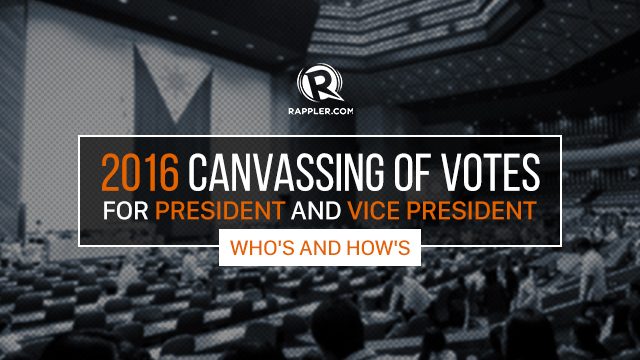
MANILA, Philippines – Congress on Wednesday, May 25, convened in a joint session to canvass the votes for president and vice president – the second time it is doing so in an automated election. (READ: Why Congress needs to Canvass votes for president, VP)
How is the canvassing of votes done? Who are the key players in 2016? Here are the basics:
Who are the people involved?
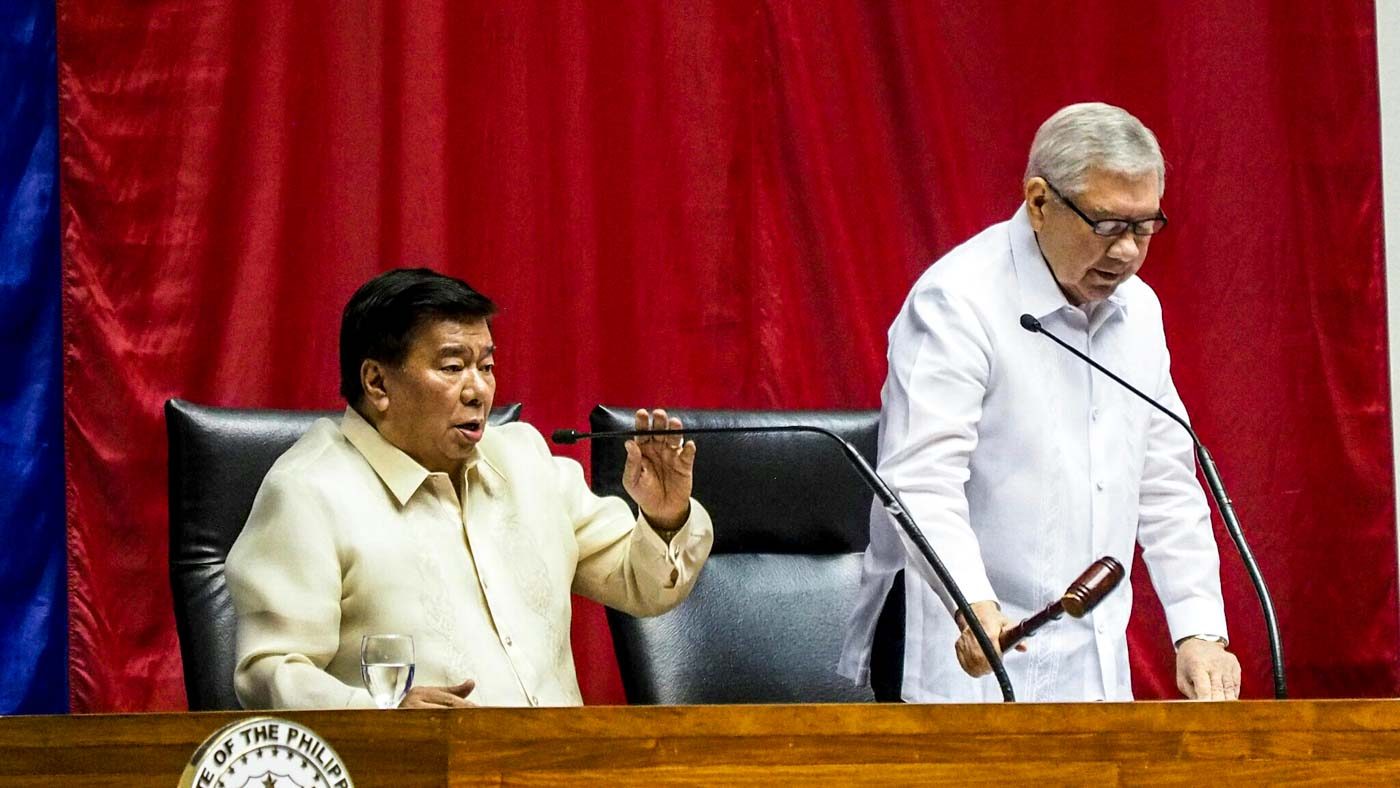
Presiding officers of the Joint Public Session
Rule II of the rules of canvassing says that the Senate President and the Speaker of the House “shall open and preside over the Joint Public Session.”
For this election’s canvassing, they are Senate President Franklin Drilon and Speaker Feliciano Belmonte Jr.
Election lawyers
Rule VIII says that each candidate is entitled to “two (2) registered attorneys,” but only one of them can speak for the candidate for not more than 3 minutes. The lawyers serve during the entire canvassing process.
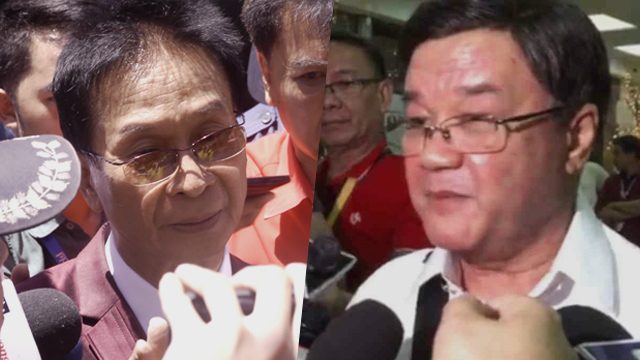
The lawyers for the presidential candidates are:
- Rodrigo Duterte – Former acting justice secretary Alberto Agra, and incoming justice secretary Vitaliano Aguirre
- Manuel Roxas II – Edgardo Carlo Vistan II and Maria Bernadette Sardillo, who declined her appointment as Comelec Commissioner in 2013
- Grace Poe – Mary Grace Mendoza and Hubert Guevarra
- Jejomar Binay – Jose Julius Castro and Gregorio Larrazabal, former Commmission on Elections (Comelec) Commissioner
- Miriam Defensor Santiago – Regine Tenorio
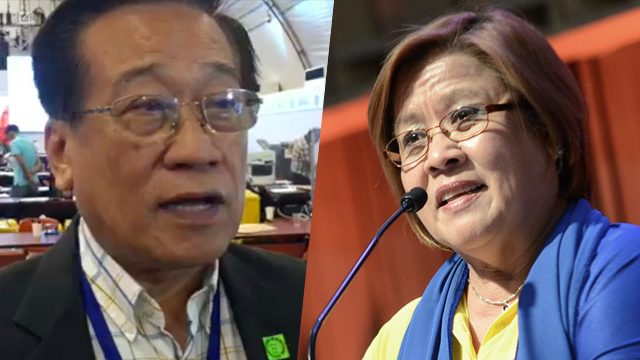
For vice presidential candidates, the lawyers are:
- Leni Robredo – Romulo Macalintal and Senator-elect Leila de Lima, former justice secretary
- Ferdinand Marcos Jr – Former Maguindanao representative Didagen Dilangalen and George Garcia
- Alan Peter Cayetano – Alfred Jacinto and John Jerico Balisnomo
- Francis Escudero – Roberto Rafael Lucila and Jorge Sarmiento, former Philippine Amusement and Gaming Corporation president and chief operating officer
Canvassing committee
Rule VI states that a 14-man joint committee should be created, with 7 members each from the Senate and the House. (READ: What will Congress do with mismatched COCs, electronic count?)
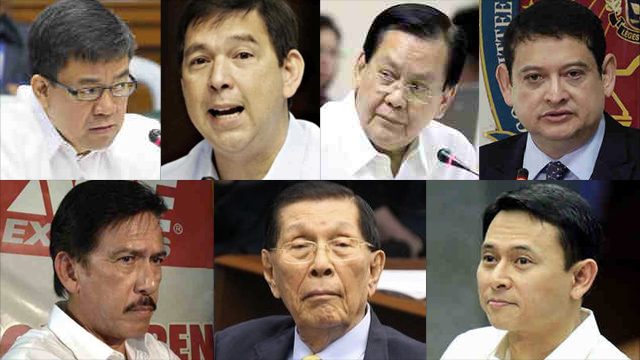
For the Senate:
- Aquilino Pimentel III, chairman
- Ralph Recto
- Sergio Osmeña III
- Teofisto Guingona III
- Vicente Sotto III
- Juan Ponce Enrile
- Juan Edgardo Angara
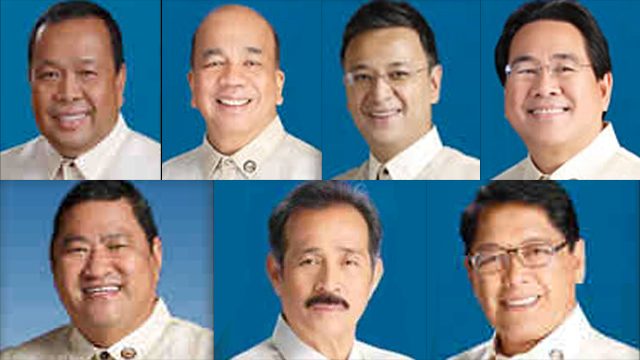
For the House:
- Mandaluyong City Representative Neptali Gonzales II, chairman
- Dasmariñas City Representative Elpidio Barzaga Jr
- Marikina Representative Romero Quimbo
- Cagayan de Oro 2nd District Representative Rufus Rodriguez
- Oriental Mindoro 2nd District Representative Reynaldo Umali
- Capiz Representative Fredenil Castro
- 1 BANAT & AHAPO party-list coalition Representative Silvestre Bello III
The canvassing process
For this canvassing, 165 COCs will be checked. The task is to compare the printed COCs from the PBOCs against the printed electronically-transmitted COCs (e-COCs) from the Consolidation and Canvassing System (CCS) and see if the numbers found in both COCs match.
LOOK: Opening of ballot box containing COCs from local absentee voting #PHVote | via @pattypasionpic.twitter.com/Hnc2eetUtl
— Rappler (@rapplerdotcom) May 24, 2016
Part of the canvassing proccess is to check whether the printed COCs are “duly executed, signed and thumbmarked by the chairpersons and members of the Provincial Board of Canvassers (PBOC), City Board of Canvassers (CBOC) and District Board of Canvassers (DBOC).” COCs with incompleteness, erasures, and alterations will be questioned.
LOOK: Opening of e-transmitted COCs. #PHVote | via @pattypasion
— Rappler (@rapplerdotcom) May 24, 2016
LIVE: https://t.co/aH3UojN249pic.twitter.com/XS1L1TTR2Q
The printed e-COCs should contain the names of all presidential and vice presidential candidates.
If there are discrepancies, Section 10 of Rule VI mandates the joint committee to “decide all questions and issues raised involving the COCs by a majority vote of its members, each panel voting separately.”
Voting will only happen after all uncontested COCs have been canvassed.
The canvassing committee will require the board of canvassers concerned to explain within 24 hours. If needed, the committee may also “order the production, examination and comparison of the compact disks, secure digital cards (both the memory and the back-up) from the vote counting machines.”
In the event that the committee is unable to settle the dispute, the committee chairpersons should be the ones to resolve the matter.
The same process is observed for the COCs of Overseas Absentee Voting, Local Absentee Voting, and Detainee Voting.
If the CCS, where the e-COCs will come from, malfunction and become irreparable during the canvassing, the canvassing committee will canvass the printed COCs from the PBOCs.
Rule IX of the canvassing rules mandates the joint committee to record and produce a report of the entire canvassing process. Once the report is done, the joint committee will have to approve the report and adopt the resolution proclaiming the elected president and vice president.
Watch the live stream of the canvassing on Rappler every day. – Rappler.com
Add a comment
How does this make you feel?
There are no comments yet. Add your comment to start the conversation.